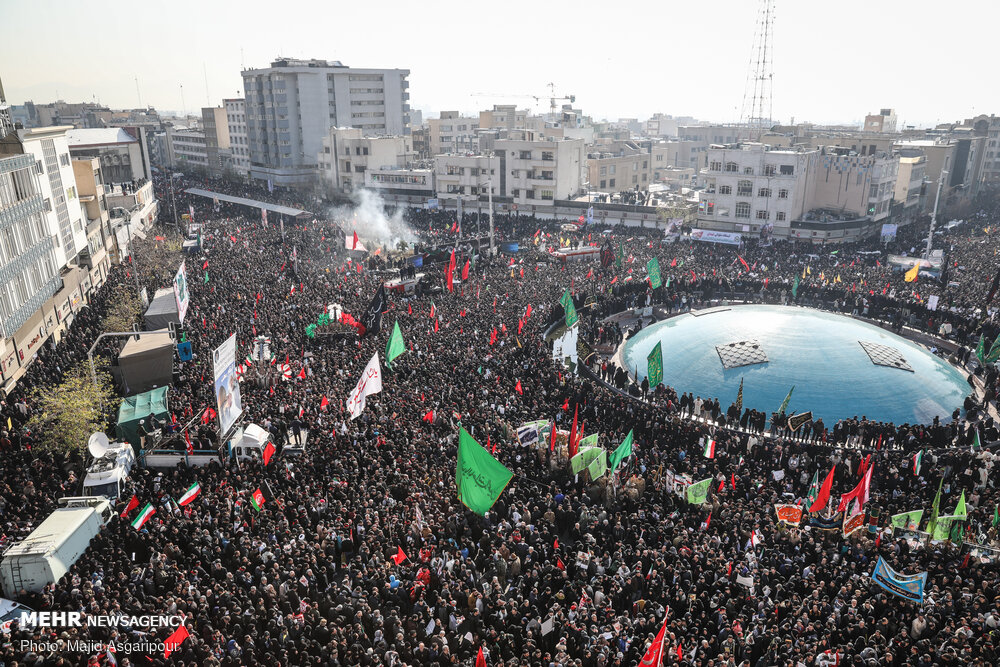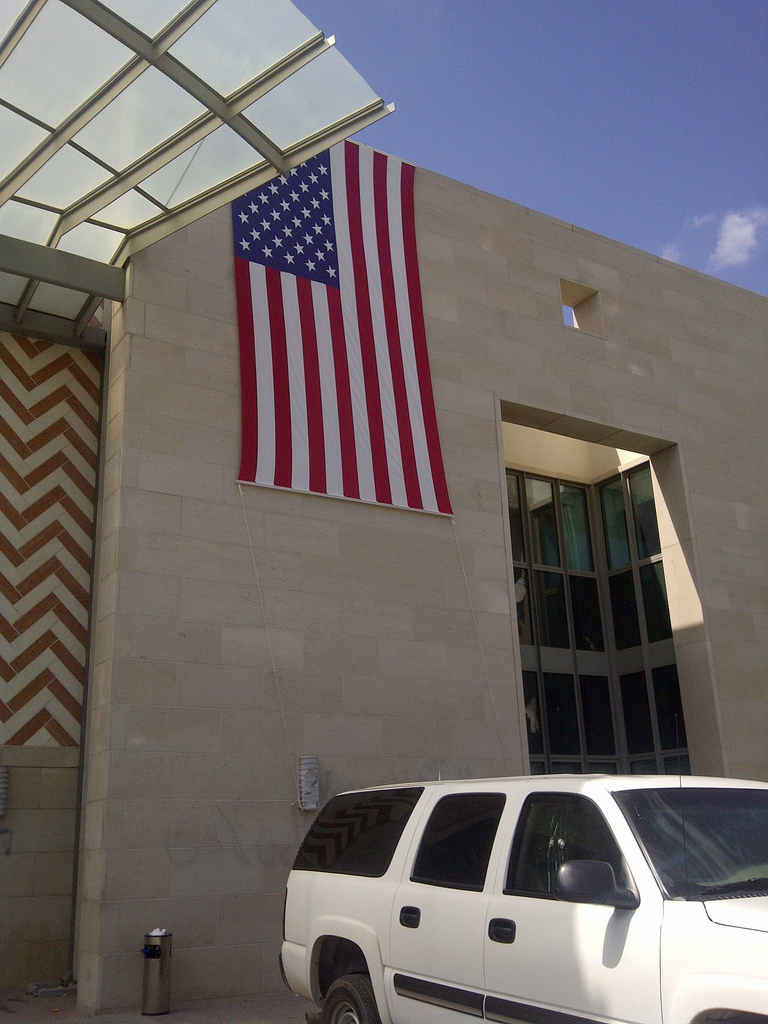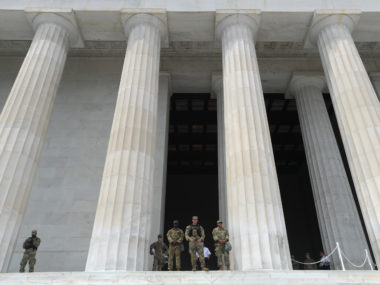By Navin Bapat
On January 2, an American airstrike killed Qassem Soleimani in Iraq. Soleimani was the famed Iranian leader of the paramilitary group known as the Quds Force, and one of the most popular political figures in Iran. President Trump declared the operation a success, tweeting that Soleimani “killed or badly wounded thousands of Americans over an extended period of time, and was plotting to kill many more…but got caught!” In response, Iran’s supreme leader, Ayatollah Khameini, declared that “A forceful revenge awaits the criminals who have his blood … on their hands.” Although the Trump administration argued that Soleimani’s death will make the US safer, the deployment of 3,000 US forces to the region suggests an expectation of violence.
How might Iran respond?
Iran has engaged in conflict with the US since the Americans toppled Saddam Hussein in 2003. Indeed, this shadow war is one of Soleimani’s legacies. The question is how much his popularity will push the Iranians to escalate the conflict. It appears that the first efforts at escalation have already begun with rocket attacks against U.S. forces at the Al-Assad airbase and Irbil. Iran is also taking advantage of anger at the US in Iraq, whose parliament demanded that the US withdraw from its territory. These steps are a key part of Soleimani’s legacy, which involved developing Iran’s comparative advantage in the use of militant groups in Lebanon, Syria, Yemen, and Iraq. In each area, these groups will likely continue escalating terrorist and guerrilla attacks against American personnel. Iran may also target American diplomatic personnel in other parts of the world, like Europe, but this could isolate Iran further, damaging its reputation among Europeans with which it still has ties. The attacks against Americans will therefore likely stay within the region.
If Iran truly wants to escalate the conflict, they can target the Americans where it really hurts: by disrupting the global energy supply. As I discuss in Monsters to Destroy: Understanding the War on Terror, a key US priority is to provide military protection to the states that supply the world’s oil and serve as key transit routes. The Iranians could use their proxies to sow further doubts about the ability of the US to fulfill this role, jeopardize US strategic relations throughout the region, and potentially open the door for Russia or China to replace the US—and seize the benefits. Iran may be militarily weaker than the US, but with some small actions, Iran could cause significant disruption to the US and global economy.
How would Iran do this?
The first step would be for Iran to increase its efforts to disrupt shipping through the Strait of Hormuz. A fourth of the world’s global oil supply and a third of its natural gas travel through this tiny 21-mile waterway. Although Iran is unlikely to succeed in a direct confrontation with the US Navy, and will harm its own ability to export oil if it completely mines the Strait, it can increase low-level military activity against tankers in the area, increasing insurance rates—costs which will be passed on to consumers. This strategy will likely be more effective if Iran simultaneously uses its influence over Houthi rebels to engage in more disruptive activity in the Red Sea. In July 2018, Houthi attacks forced Saudi Arabia to suspend oil shipments through Bab el-Mandeb, a 20-mile strait between Yemen and Djibouti, through which 9 percent of seaborne petroleum passes. The Houthis don’t have the capacity to attack large tanker ships passing through with energy supplies, but Iran could improve their capabilities to attack these targets. A simultaneous increase in violence in both the Strait of Hormuz and the Bab el Mandeb area could be enough to spook markets, raise insurance rates, and increase the overall cost of energy to Western consumers.
Iran could also continue to use Houthi forces to attack Saudi oil installations. Iranian proxies already successfully targeted Saudi Arabia’s Abqaiq facility and the Khurais oil field, and effectively knocked out five million barrels of processed crude oil from the world market. Attacking these facilities, and perhaps the East-West pipeline infrastructure, could cause significant disruptions to the world’s global energy supply. Iran could also increase covert activities in the Saudi Eastern province, an area home to the Ghawar oil field on land and the Safaniya field in the Gulf, where the bulk of Saudi production originates. The Eastern province is also one of the few areas in Saudi Arabia with a significant population of Shia Muslims. The area has experienced unrest since 2017 in response to the execution of Nimr al-Nimr, a Shia cleric the Saudis accused of being an Iranian agent. The area remains a hotbed of political unrest, and Saudi repression, which the Iranians could attempt to exploit.
To be sure, the Iranians were involved in each of these theaters before Soleimani’s death. But since these operations are less costly than conventional operations, the Iranians could ramp up their activities fairly easily, and coordinate violence in an effort to engage in economic warfare against the West. This damage would likely produce more significant consequences to the United States than any one terrorist attack.
Given these possibilities, one would hope that the US adequately prepared and moved assets to protect each of these vulnerabilities. One would further hope that the US has some plan of action to offset the damages Iran can cause, and that there is a strategy for how to eventually de-escalate this conflict. It is unclear if there is. Worse, the perceived humiliation associated with Soleimani’s death, and his popularity, may force the Iranians into more spectacular acts of violence. This may force the US to do the same. If there is no overall plan, the entire region stands to lose, and faces considerable danger.







